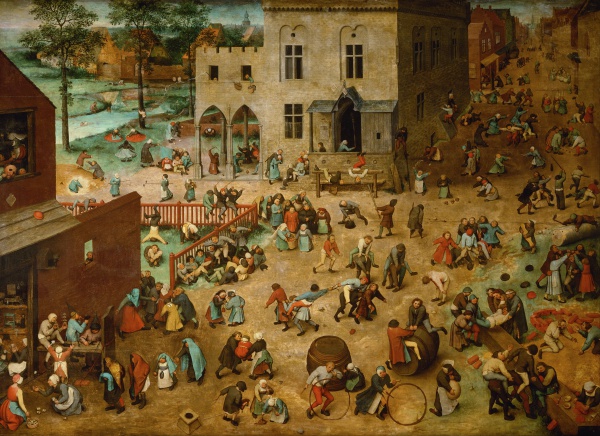Facts About Children's Games
"Children's Games" is an enchanting oil-on-panel painting by Flemish Renaissance artist Pieter Bruegel the Elder, completed in 1560. This masterpiece is housed at the Kunsthistorisches Museum in Vienna. Bruegel's vibrant composition teems with activity, depicting children of all ages engaged in various pursuits—rolling hoops, walking on stilts, playing with toys, and even staging mock tournaments.
Many art historians speculate that "Children's Games" might be the inaugural piece in a series illustrating the Ages of Man, with this particular painting representing youth. However, Bruegel’s work transcends mere depiction of children's merriment; it conveys a deeper message. He implies that children's activities hold as much significance in the eyes of God as those of adults.
The painting brims with energy and joy. Yet Bruegel ingeniously contrasts this dynamic scene with a serene landscape in one corner, where children continue to play by a river. This juxtaposition serves as a reminder that despite the gravity of adult life, the innocence and playfulness of childhood remain profoundly important.
Bruegel’s message resonates with the literary themes of his era, emphasizing that the simplicity and joy of childhood occupy a cherished place in the world.

 Czech Republic
Czech Republic